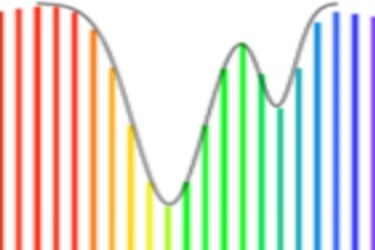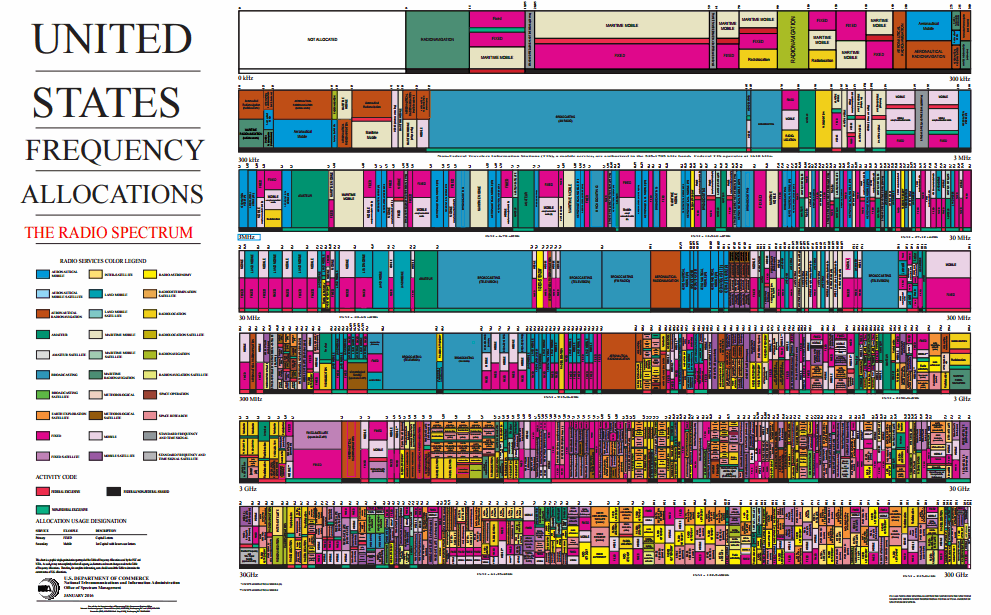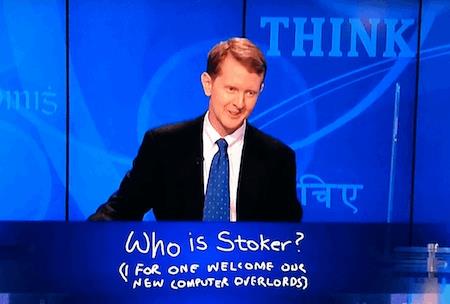DARPA: It's Time For Technology To Manage The Radio Spectrum
By Ed Biller

DARPA’s Spectrum Collaboration Challenge, laid out in detail last month, will pony up nearly $4 million in prize money for competitors whose software-defined radios can best optimize spectrum usage by efficiently collaborating with other, simultaneously operating radios. The underlying idea is that dynamically assigned spectrum, provided on-demand, will boost both organizational and spectrum efficiencies, not to mention improving device users’ wireless experiences.
“The current practice of assigning fixed frequencies for various uses irrespective of actual, moment-to-moment demand is simply too inefficient to keep up with actual demand and threatens to undermine wireless reliability,” said William Chappell, director of DARPA’s Microsystems Technology Office (MTO), when the challenge was first announced in March.
One look at the Federal Communications Commission’s current, rigid spectrum management should make it apparent why the contest is so important to DARPA’s MTO, the U.S. military, and civilian wireless providers. It’s pretty crowded between 9 kHz and 275 GHz, the range allocated by the FCC:
 Image courtesy of the National Telecommunications and Information Administration (NTIA). Updated through January 2016. Click to view the full-sized version. FCC’s allocation table, updated through July 18, 2016, is available here.
Image courtesy of the National Telecommunications and Information Administration (NTIA). Updated through January 2016. Click to view the full-sized version. FCC’s allocation table, updated through July 18, 2016, is available here.
DARPA’s three-phase competition begins in 2017 and finishes, for teams that survive the two preliminary events, with a championship in 2019. The team that develops the system best able to autonomously adapt, in real time, to the congested spectrum, will take home $2 million, while the second- and third-place finishers will win $1 million and $750,000, respectively.
Artificial intelligence and machine learning technologies will drive the innovators’ attempts to solve DARPA’s spectrum riddle, competing against one another in DARPA’s record-size wireless testbed. The “Colosseum,” as it’s been dubbed, will allow researchers to remotely test their works in simulated, radio-saturated environments, from battlefields to urban sprawls.
While some experts believe that spectrum ‘running out’ is a critical issue, others are of the opinion that limitations in our technology are what’s keeping us from accessing usable spectrum. In fact, Cooper’s Law observes that the number of voice or data “conversations” that can theoretically be conducted over a given area of the useful radio spectrum has doubled every two-and-a-half years over the past 100 years (efficiency expressed as bits per hertz per km2).
Frequency division, improved modulation techniques, spatial division, and increases in the magnitude of the usable radio spectrum have kept up with our communications needs so far, but those techniques have little else to offer and cannot keep pace with global mobile data traffic that doubles almost every year, according to Cisco's Mobile Visual Networking Index. By far the greatest tool we’ve had in stretching the electromagnetic spectrum is re-use — narrowing the portion of spectrum used for individual “conversations” to smaller and smaller areas.
This approach, combined with this contest, could help to level the playing field between the haves and have-nots, creating a more competitive wireless market that benefits consumers. Consider that the FCC’s ongoing 600 MHz low-band wireless spectrum auction, the Broadcast Incentive Auction, is expected to bring in between $15 billion and $50 billion. Recent precedent was set by the AWS-3 spectrum auction that ended in January 2015, which received 80 applications and pulled in $45 billion. The 600 MHz auction, which kicked off on March 31, drew more than 100 applications.
These 600 MHz airwaves were formerly used by TV broadcasters. Now, the only bidders who can scrape together the astronomical sums necessary to use the freed-up airwaves appear to be mostly big players in the wireless industry — including Comcast, Verizon, AT&T, and T-Mobile — looking to improve their 4G LTE networks and prep for the 5G rollout. The low-band spectrum is particularly attractive to such providers, as the signals can be transmitted over long distances and penetrate structures.
However, even this expensive stopgap — which FCC chairman Tom Wheeler called the “largest spectrum auction that has ever taken place” — could take years to implement. The victor will be tasked with constructing the infrastructure necessary to broadcast at the new frequencies, and devices that can utilize those frequencies will need to be created.
In short: Is there a spectrum crisis? It depends on who you ask. Are the costs to access precious, unused spectrum spiraling out of control, limiting the growth of some wireless providers and passing a financial burden on to consumers? Undoubtedly. But DARPA appears to have made a shrewd investment in crafting the Spectrum Collaboration Challenge and giving computers a chance to handle administration of the radio spectrum. No matter who takes home the grand prize, anyone who uses a wireless device will win. As Jeopardy champion Ken Jennings stated after losing to IBM’s Watson supercomputer, “I, for one, welcome our new computer overlords.”

Are you entering the Challenge? Do you want to weigh in on the Incentive Auction or debate the existence of a “crisis” in radio spectrum availability? Or, do you have a suggestion for a topic you’d like to see addressed in a future column? Let us know in the comments below.
